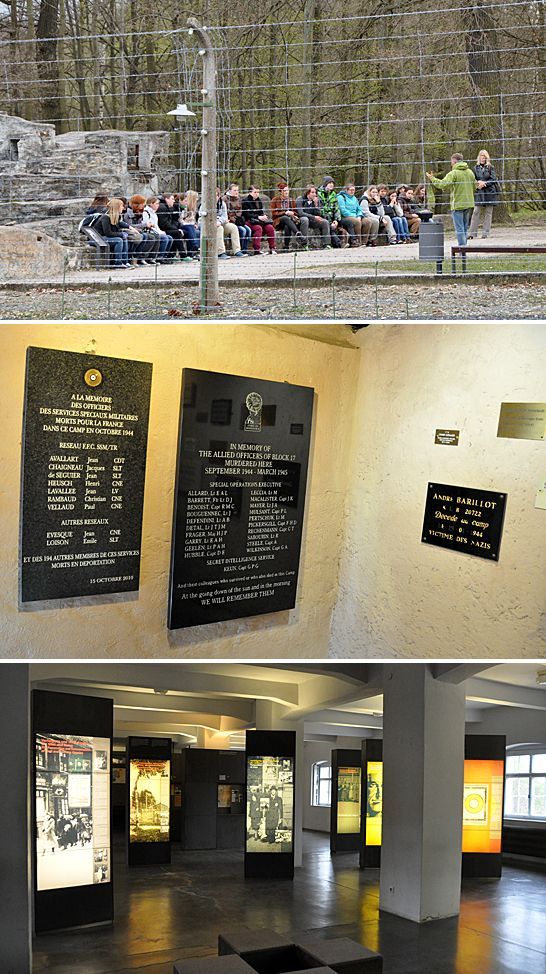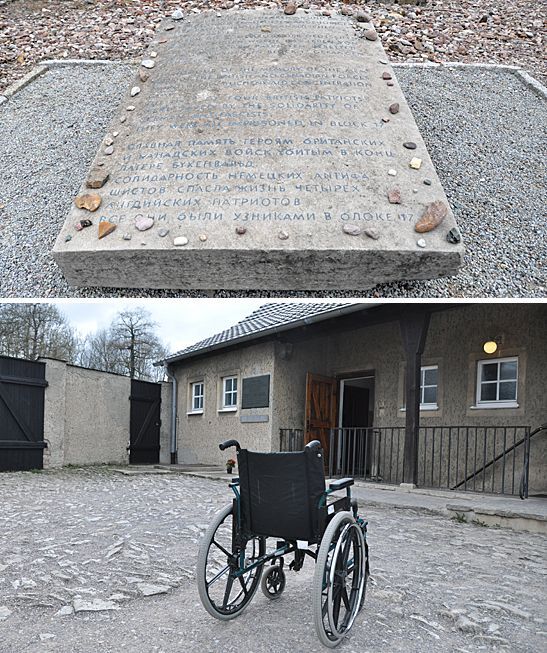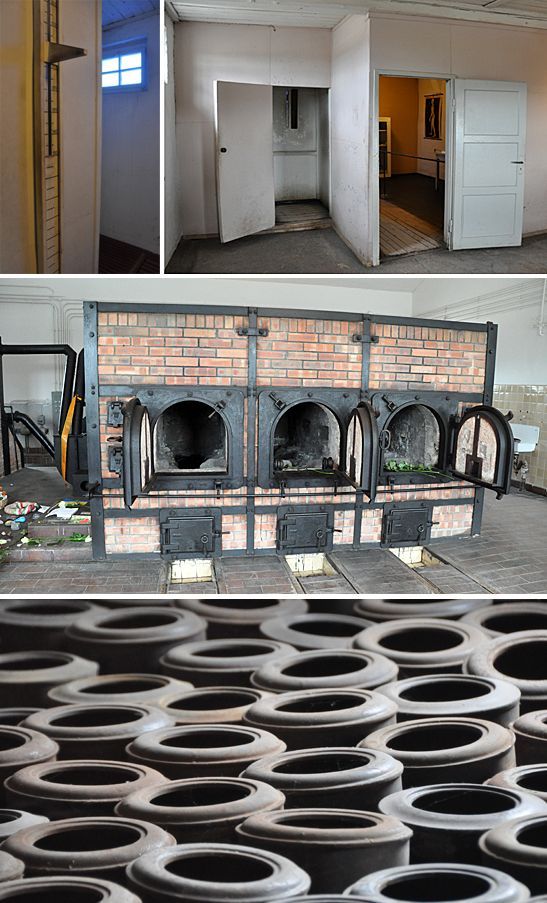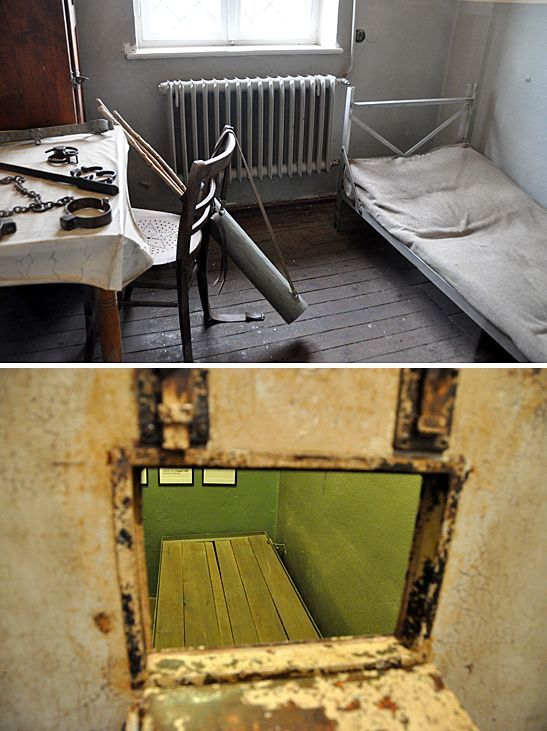Article
Remembering the Victims at Buchenwald
Author(s):
This is not an easy story to write. Buchenwald Concentration Camp is not an easy place to visit. And it's not an easy place to forget. But we shouldn't forget; we mustn't.
Photography by the authors
This is not an easy story to write. Buchenwald Concentration Camp is not an easy place to visit. And it’s not an easy place to forget. But we shouldn’t forget; we mustn’t.
The Jews who lost family here won’t forget, nor the relatives of the British Army officers who were incarcerated here during World War II, then executed. The Roma gypsies who were killed here, the political prisoners and the communists and the Russians are remembered as they should be.
Although the war crimes committed here were by the Nazi party, especially the SS, Germany has taken responsibility for the concentration camps and its history, in contrast to Japan, which pretends it doesn’t really understand the issues.

Outside the camp perimeter teachers explain to German school children what happened here. Visitors walk past a concrete slab that memorializes (in three languages: German, English and Russian) the members of the British and Canadian forces who were executed here. And placards on the walls show that families have come in sorrow here and remembered. A vast hall previously used to store supplies is now a museum that lays out painstakingly the details of what took place in Buchenwald.

A wheelchair stands outside a building. It’s not clear whether the wheelchair is there as a symbol or was recently brought to transport a disabled person. The building beyond was used for an indescribable horror.

Prisoners were told it was their turn to be examined by the prison doctor. They were brought into the anteroom where they saw medical illustrations and eye charts and a doctor’s table.
To get their height recorded, they stood up against a linear measure not noticing a convenient hole in the wall where their neck would be — or realizing a secret room occupied the back wall where a man waited with a handgun.

This next image brings the horror closer. The rooms were soundproof and doors were closed; those waiting their turn “to see the doctor” would not perhaps have any suspicions. The bodies, including those who had been hanged, were taken to the ovens.
“In 1997 more than 700 open, used and emptied metal urns were found during restoration … to a large extent, the SS simply had the human ash emptied out on the ground,” according to a notice on the wall.
Beyond those buildings lies the “Bunker, the arrest cells” built in 1937. Prisoners were kept in this place of misery from 1938 to 1945, many for months, with death ending their torture.

Two individual SS guards had total dominion supervising the Bunker. They interrogated inmates for the Gestapo but tortured prisoners of their own accord. The SS guards are identified by name in a placard on the wall (one had been a “compulsive murderer”). They slept in the Bunker ready to grab their tools of torture and hurry to any cell with a situation — or not. Their bed had a mattress, the prisoners’ didn’t.
Although life (and death) at Buchenwald was ghastly and sickening, it is apparently, says an elderly man weeping, nothing compared to the horror of Auschwitz in Poland where people were systematically and terrifyingly destroyed.

Jedem das Seine
So is there anything in Buchenwald that redeems the human race. Is there nothing to help us wipe away a tear? Just one thing and it came from the prisoners themselves. The inmates came to an empty field five miles from Weimar in Germany. They had to build their own prison. Everything. The huts, the fences, the gates, even the derisive platitude (translated as To Each His Own, meaning “you get in life what you deserve”).
The imprisoned metalworkers who crafted the sign knew Hitler intensely disliked the Bauhaus Modernistic architectural style, in fact the Nazi regime had closed all three of the Bauhaus art schools by 1933. In creating the sign on the gate, the workers chose the outlawed Bauhaus font, believing, correctly, the choice of the hated script would not be noticed by their captors.
It was their gesture. A last laugh. The spark of the human spirit.
The Man Who Cried Orange: Stories from a Doctor's Life.
The Andersons, who live in San Diego, are the resident travel & cruise columnists for Physician's Money Digest. Nancy is a former nursing educator, Eric a retired MD. The one-time president of the NH Academy of Family Practice, Eric is the only physician in the Society of American Travel Writers. He has also written five books, the last called




